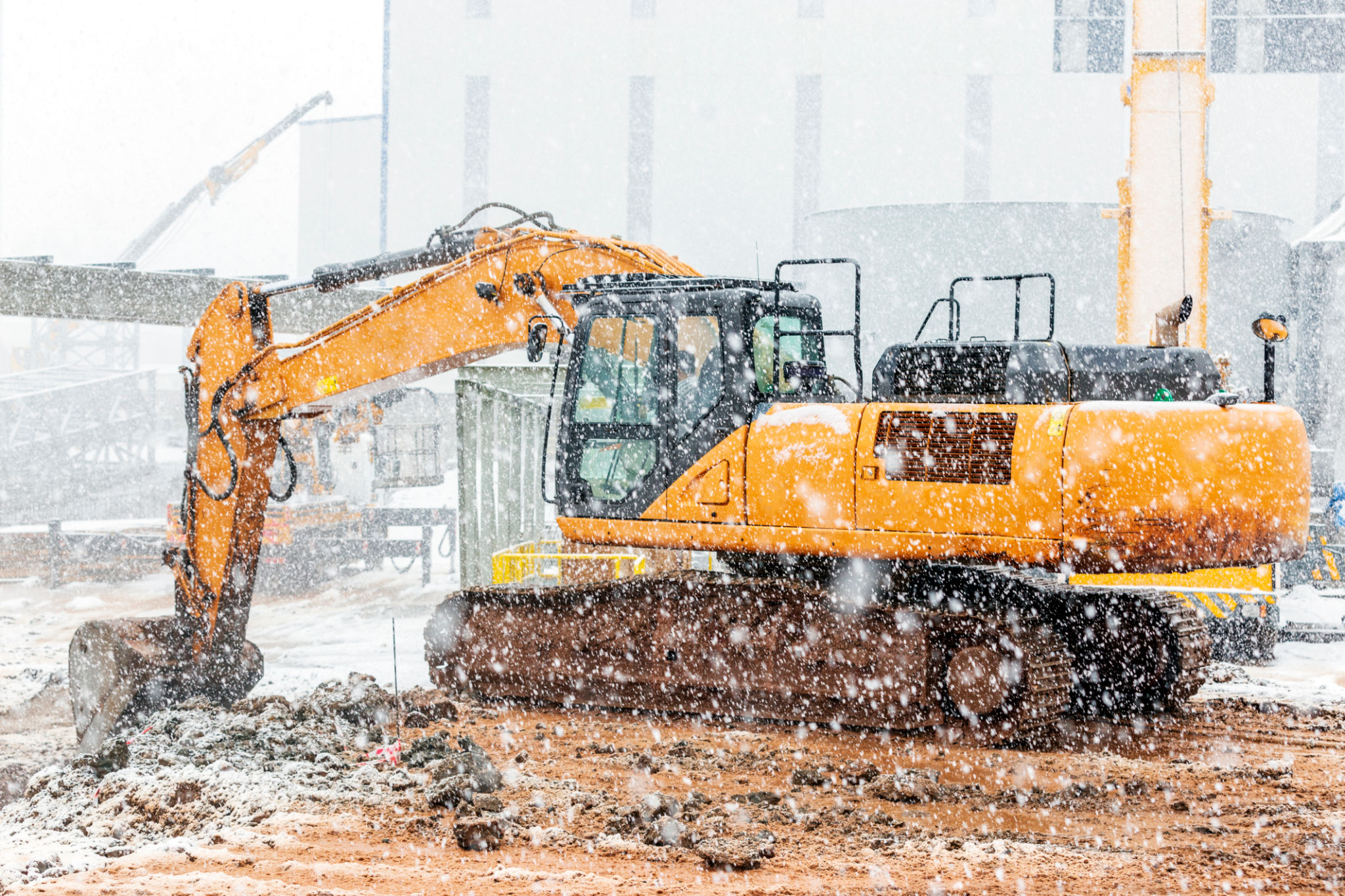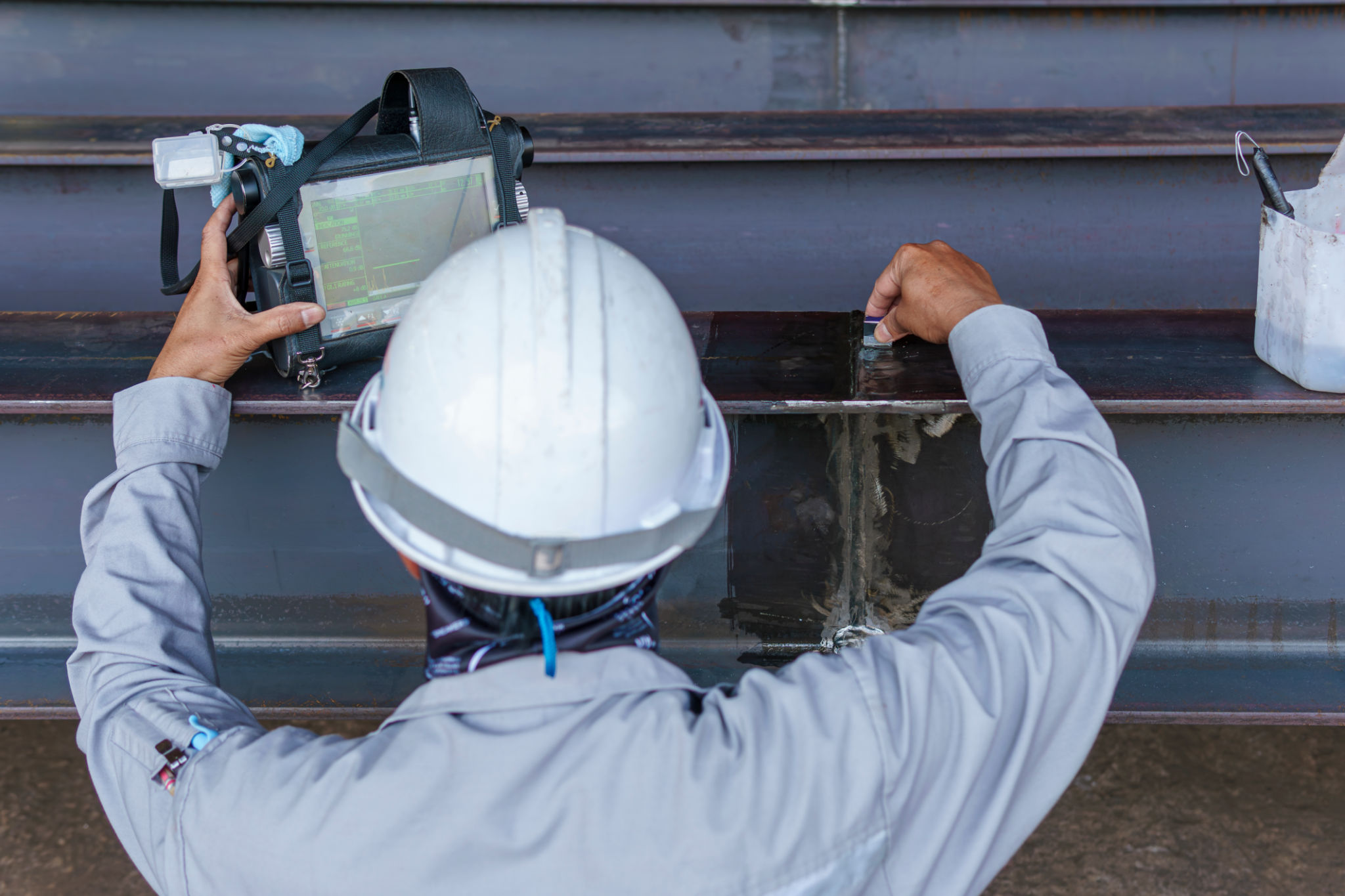How to Prepare Your Heavy Equipment for Winter: A Welding and Fabrication Guide
Understanding the Importance of Winter Preparation
As winter approaches, preparing your heavy equipment is crucial to ensure it operates efficiently and safely during the colder months. Proper preparation can prevent costly repairs and downtime. This guide will walk you through essential welding and fabrication techniques to keep your machinery in top condition.

Inspecting for Damage and Wear
The first step in preparing your heavy equipment for winter is conducting a thorough inspection for any existing damage or wear. Pay special attention to the structural components and joints, as these are crucial for the equipment's stability and performance. Look for cracks, bends, or any signs of metal fatigue that could worsen in cold temperatures.
Checking Welds and Joints
Welds and joints are often the first areas to show signs of stress. Use a magnifying glass or a flashlight to inspect these areas closely. If you find any compromised welds, address them immediately with appropriate welding techniques. It's advisable to consult a professional welder if you're unfamiliar with the process.

Applying Protective Coatings
Once you've inspected and repaired any damage, applying protective coatings to your equipment can help shield it from the harsh winter elements. Consider using rust inhibitors or specialized paints designed for metal surfaces exposed to moisture and salt. These coatings can extend the life of your equipment by preventing corrosion.
Choosing the Right Coating
Select a coating that suits the specific needs of your machinery and local weather conditions. Epoxy-based coatings are highly durable and offer excellent protection against moisture and chemicals. Ensure the surface is clean and dry before application for maximum adhesion and effectiveness.

Enhancing Equipment Stability
Winter conditions can make operating heavy equipment more challenging due to icy surfaces and reduced traction. Fabrication adjustments can enhance stability and safety. Consider adding additional weight to the frame or using chains on tires to improve grip.
Modifying with Fabrication Techniques
Fabrication techniques such as reinforcing frames or attaching custom skid plates can prevent damage from unexpected impacts with ice or snow. These modifications require precise measurements and skilled welding to ensure they don't interfere with the equipment's functionality.

Regular Maintenance Checks
After completing all necessary repairs and modifications, establish a routine maintenance schedule throughout winter. Regular checks will ensure your equipment remains in optimal condition and help identify potential issues before they become major problems.
Essential Maintenance Tasks
- Check fluid levels, including antifreeze and hydraulic fluids.
- Inspect electrical systems for corrosion or damage.
- Lubricate all moving parts to prevent freezing.
By following these guidelines, you can ensure your heavy equipment remains reliable and efficient throughout the winter months, minimizing downtime and maintaining productivity.